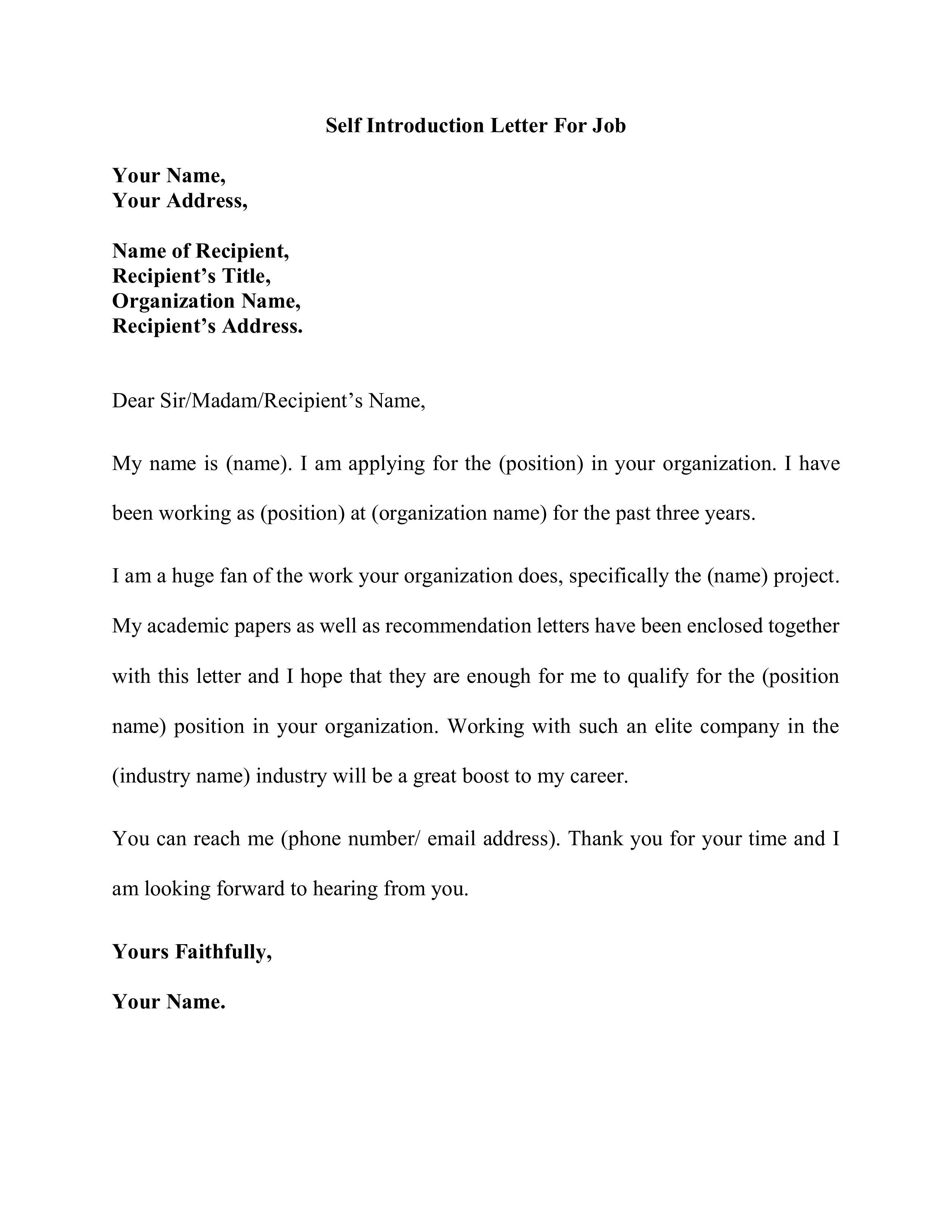Introduction, foreword, preface refer to material given at the front of a book to explain or introduce it to the reader. A foreword is part of the front matter and is usually written by someone other than the author, often an authority on the subject of the book. A preface is the author's own statement, and often includes acknowledgments.
- In an essay, article, or book, an introduction (also known as a prolegomenon) is a beginning section which states the purpose and goals of the following writing. This is generally followed by the body and conclusion. The introduction typically describes the scope of the document and gives the brief explanation or summary of the document.
- The best way to start your introduction is with a sentence that is broad and interesting and seamlessly transitions into your argument. Also, starting with a broader statement will appeal to a wider audience. Consider who the paper is aimed at informing and then think of something that would grab their attention.
Writing an Introduction
Tip Sheet 17Ask these questions:
What is it?
An introduction is the first paragraph of a written research paper, or the first thing you say in an oral presentation, or the first thing people see, hear, or experience about your project.It has two parts:
1. A general introduction to the topic you will be discussing
2. Your Thesis Statement
Why do it?

When do I do it?
If your project changes in the creating process, it is important to make sure that your introduction accurately reflects what you will be saying. If, however, you have written a good outline and stick to it, then it is fine to start writing your introduction first. Just make sure in your proofreading that you have kept the thread consistent throughout the paper.
How do I do it?
Then state your thesis, which may be done in one or more sentences. The length of your introduction depends on the length and complexity of your project, but generally it should not exceed one page unless it is a very long project or a book. The average length of an introduction is one half a page.
Introduction Synonym
Some Examples:
For the example, the regular text is the general introduction to the topic. The BOLD text is the writer's Thesis Statement.Example 1
Teenagers in many American cities have been involved in more gangs in the last five years than ever before. These gangs of teens have been committing a lot of violent crimes. The victims of these crimes are both gang members and people outside of gangs. Many people do not want to travel to areas in our cities because of the danger from this problem. For this terrible situation to stop, it is going to take a combined effort on the part of many people. Excellent, supervised after-school programs, more jobs available for teens, and healthy family relationships will go a long way towards ending this crisis in our society.
Example 2
During the Middle Ages in Europe and the Middle East there was much armed conflict between Christians and Muslims. Christians called these conflicts the Crusades because they were fighting under the sign of the cross to save the holy lands of the Bible from being desecrated by non-Christians. However, the true reason for fighting for these lands was less than holy. It was mainly a desire for economic gain that prompted the Christian leaders to send soldiers to fight in the Holy Land.
Introduction Letter
An introduction gives the reader an idea of where you are going in your project so they can follow along. You can give them more background details and supporting evidence for your thesis in the body of the paper itself.
WHERE TO GO FROM HERE:Tip Sheet 13: Writing a Thesis Statement
Tip Sheet 14: Making an Outline

Tip Sheet 15: Creating the Body of your Project
Tip Sheet 18: Writing a Conclusion

Introduction Paragraph Format

Comments are closed.